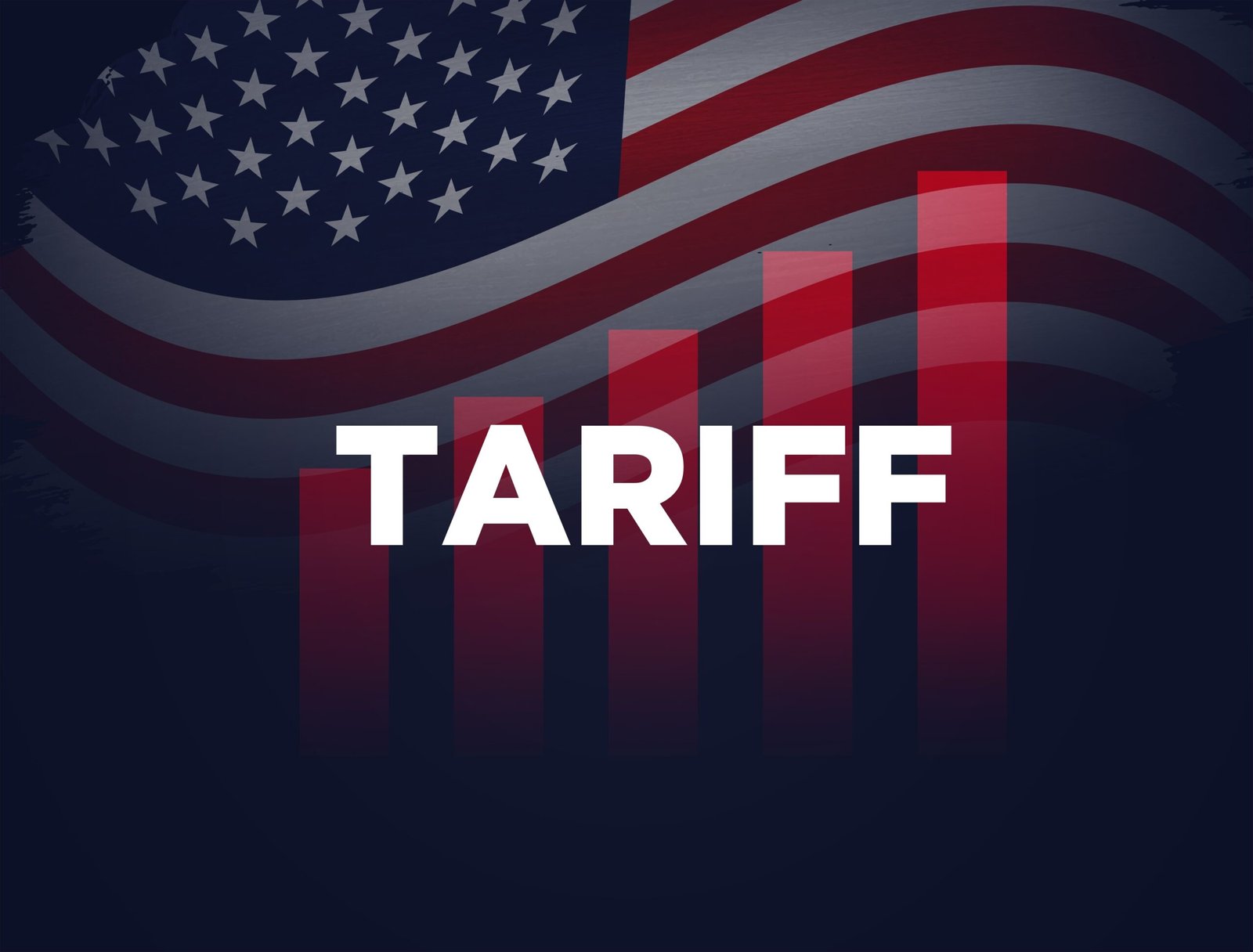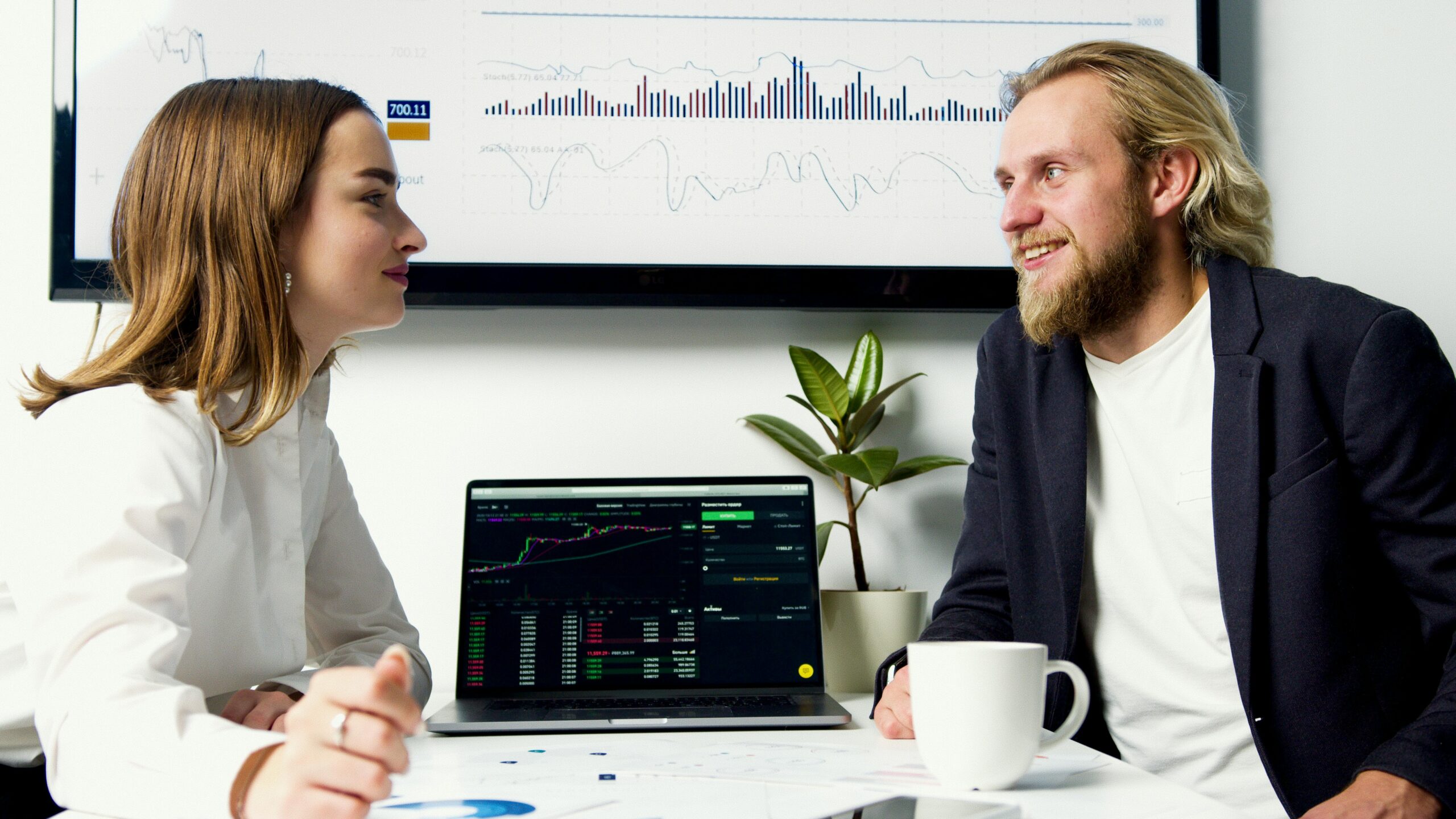Sustainability
In recent years among the environmental community, a parallel vision of the future has emerged. Almost everyone, from CEOs of progressively minded companies to activists on the street, is talking about building a more sustainable future.
Companies which develop stellar sustainability practices now will be more resilient in the future. They will be more attractive to consumers, recruits, and investors – which will directly affect their bottom line. The new legislation will also be less likely to impact sustainable businesses, along with Internet activism and protests. Therefore, today’s sustainable businesses are likely to become tomorrow’s industry leaders. Indeed, failing to address global issues such as climate change and slavery may ultimately be to a business’ detriment. All companies have an opportunity to make some significant sustainable changes in their organisation. To create a better future – for all.
Sustainability trends – present day and in the coming decades
1. Sustainable Products Would Become the Norm
At present, sustainable products are one of the top sustainability trends. Sustainable products can be expected to become mandatory among consumers in the coming days. The current generation is aware of climate change, loss of biodiversity, and the responsibility they must try and fix these issues. Research suggests that 54% of these young adults think a company’s environmental and social efforts are extremely important when considering whether to purchase a service or a product. These youth are gaining more purchasing power as they join the workforce, so all organisations need to take environmental and sustainability seriously if they want to attract customers.
The types of consumer products that are expected to become sustainable are food, fashion, and lifestyle products:
Food – Food production is currently responsible for 26% of greenhouse gases and has a major part to play in habitat destruction and freshwater consumption. Consumers are more aware of these facts and thus the growth of veganism and plant-based diets. Consumption of plant-based meat and dairy substitutes rose during the pandemic. Research shows sales of meat alternatives were up 140% in the US. Unilever expects to increase its plant-based meat and dairy alternatives sales to €1bn in the coming five to seven years. Meanwhile, sustainable grocery delivery services which sell products that would ordinarily be discarded, are gaining popularity.
Fashion – Fashion brands must get sustainable – or risk losing out on consumers. Research from BCG found that 38% of consumers switched from their preferred clothing brand to a different one that has better environmental and social practices.
Lifestyle – Lifestyle changes like switching to electric vehicles, demanding sustainable packaging and digitalization are expected to rise among consumers in the coming years.
- Organisations producing packaged products should work on reducing plastic packaging or work on transitioning to more sustainable packaging methods like plant-based compostable and biodegradable packaging.
- All fashion brands must start using sustainable materials, making their supply chains transparent and ethical, and creating circular fashion systems through designing, producing, and selling products that reuse and recycle post-consumer textiles.
Organisations must monitor the emissions, energy and water use, and waste amounts so they can start working to reduce them.
2. ESG Investments Would Continue to Rise
ESG (Environmental, Social and Governance) is a form of investing with the environment and social good as its guiding principles. ESG has become one of the popular sustainability trends to get involved in since the onset of the pandemic. Investors and organisations have realised the importance of non-financial considerations and are looking beyond profits in such challenging times.
ESG might be an intimidating arena for some. They should refer to the guides from GRESB and CNBC to get started.
3. Renewable Energy Might Become Increasingly Cheaper
Although fossil fuels used to be cheaper than renewable energy, it is quickly changing as Wind and solar plants became 70% and 89% cheaper in the past decades. Their capacity would exceed coal and gas in less than a decade, according to the IEA’s Renewables 2020. Solar power is now cheaper than coal.
Renewable energy would continue to get cheaper because renewable technology costs get cheaper as the capacity increases. When countries like the U.S. deploy renewables, they lower the costs for everyone and make the technology accessible to the entire world.
Green energy procurement should be researched by organisations to decide if it could be a good fit for the company at present or in the future.
4. Remote Working is here to stay
One of the more unconventional sustainability trends is working from home which is surprisingly effective. With the outbreak of COVID-19, Work-from-home took off as a necessity but it turned out that working remotely is very good for the environment. The number of cars on the road and energy used by office buildings is much reduced in this setup, thus reducing overall greenhouse gas emissions and fossil fuel consumption. Major companies like Twitter, Shopify, and other tech companies have already committed to their staff working from home full time even when lockdowns lift and situations normalise. This means widespread benefits to the environment generally from less consumption.
If possible, organisations should leave the option open for the employees to work from home as part-time or full-time. If employees need to work in person, public transportation vouchers might be provided to help limit the number of cars on the road.
5. Carbon Offsetting Will Go Mainstream
Carbon offsetting means making up for the emission of CO2 or other greenhouse gases into the atmosphere. A carbon offset occurs when an organisation funds carbon offset projects that remove greenhouse gases from the atmosphere or prevent some greenhouse gases from being released. Carbon offsetting can be planting trees or more complicated carbon capture technology. Carbon offsetting is already common in sustainability circles, but with the rise in popularity of net zero emissions, it is expected in the coming days that carbon offsetting would go mainstream and public. Offsets are often seen as greenwashing, but this would likely change as more credible options are becoming available, contributing to high-quality offset projects.
The different types of carbon offsets available should be explored and business owners should try to understand which ones would work best for the company. Excessive offsetting should be avoided to ensure that the actions are not just greenwashing but providing meaningful action and true environmental responsibility.
6. Climate Positive Is the Next Big Thing
If a company is already embarked on the carbon offset journey and committed to net zero, it might be expected that things would go to the next level in the coming years. The net zero emissions initiative is currently booming but it is expected to soon be superseded by climate positivity, whereby a company’s activities are creating an environmental benefit by removing additional carbon dioxide from the atmosphere.
If your company is already working towards a net zero target, leaders and decision-makers can begin to assess climate-positive actions. Climate-positive actions include tree planting, carbon capture and sequestration, investing in regenerative agriculture (which helps reverse climate change by restoring soil organic matter and biodiversity) and more.
8. Companies have to Disclose Climate Risks to the Public
It is expected that many states and cities would require buildings and organisations to report on their emissions and energy use. This will lead to big changes for any organisation in terms of share prices, financing options, the willingness of investors to invest, etc.
Before one can begin reporting on emissions and energy use, he must be able to measure Energy and sustainability management software like WatchWire from EnergyWatch which can help him gather and organise the necessary data. The different platforms on the market can be considered and get set up with one – it would give an edge and he would be ready when reporting requirements are inevitably passed.
8. Clean Air Will Become a Higher Priority
The importance of air quality came into stark focus during the pandemic when clear non-polluted skies were seen. In addition, with a respiratory disease like coronavirus still, a major threat to the entire global population at large, clean air is vital for health and wellness. Improvement of air quality is expected to be a big issue in the coming days.
With energy and sustainability management software one can manage what cannot be measured, and that includes the building(s) emissions. Energy and sustainability management software should be used to determine how much greenhouse gas emissions an organisation is producing. An efficiency project should be created to reduce that amount. This should be verified to check the effectiveness If a company uses vehicle fleets for operations, they might consider switching to hybrid or electric to reduce the overall emissions.
9. Organisations Will Face Consequences for Insufficient Climate Action
We have seen how poor social and environmental performance caused the CEO of the world’s largest mining company to resign, the stock of three chemical giants plummeted; and corporations were called to the carpet for poor emissions offset programs. All these show that climate action is no joke among the public, and the stakes are only going to get higher.
When an organisation announces new sustainability and climate plans, it should be expected that all claims will be carefully inspected by shareholders and the public. All plans should be carefully vetted and data be double-checked. Emissions spanning the entire value chain should be addressed as being transparent is the best thing that one can do.
One important thing to avoid is “greenwashing,” i.e., touting the organisation’s actions or products as being more sustainable than they actually are. The investors and customers are smart, and they would figure out the truth in due course of time.
10. Electric Utilities Will Face Increasing Pressures to Re-invent Themselves
Heat waves have tested grid reliability. Thus Resilience is top of mind for utilities right now. Utilities exploring new business models that use microgrids, smart grid technology, distributed energy resources (DERs), and energy storage to build stronger and more intelligent services can be expected.
If one works for a utility, the best thing to do is invest in a customer engagement platform. An Energy and Sustainability customer engagement portal enables customer value and visibility for a business leader to identify the correct programs for his clients. Controlling costs, and reducing usage and carbon are key goals that the clients are trying to meet. A customer engagement platform, like WatchWire from EnergyWatch, allows commercial and industrial users to turn their utility data into actionable insights both in and out of the territory.
Collaborations between scientists and engineers on the one hand and social scientists on the other are of course needed to translate environmental and technical challenges into societal challenges and action. In such collaborative efforts, it needs to be recognized that technological change entails phases such as concept development, pilot and demonstration projects, market formation and diffusion of technology, but also with important iterations among all of these phases. It should be considered how bridges between different technical and social science disciplines can be built, to gain a more in-depth understanding of how technology-specific engineering inventions can be commercialised in various institutional contexts. Transition studies, innovation and environmental economics, as well the innovation system and the innovation management literature could help provide such bridges.
The green economy transition should also benefit from research that involves various impact evaluations – digitalization and automation, globalisation versus nationalisation, etc., on environmental and distributional outcomes but also the prospects for green innovation collaborations and various circular economy-inspired business models. Such evaluations could be particularly relevant for understanding possible future pathways for the greening – and de-carbonization – of key process industries.
Please read more about Ande’s thought leadership on Future Businesses and the top 10 technologies that would prevail in our future times.
Bio Revolution | Genetic Engineering | Clean Energy | Virtual Reality | Sustainability | Nano Technology | Machine Learning | Internet of Things (IoT) | Artificial Intelligence | Cyber Security & Cloud Computing








